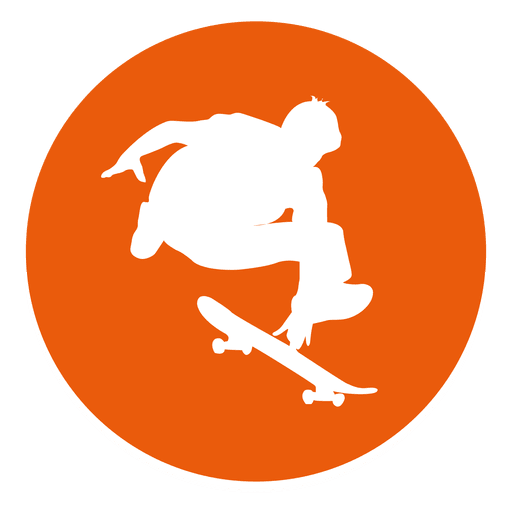Skating Locator
Roller Skating Rinks

Roller skating is the traveling on surfaces with roller skates. It is a form of recreational activity as well as a sport, and can also be a form of transportation. Skates generally come in three basic varieties: quad roller skates, inline skates or blades and tri-skates, though some have experimented with a single-wheeled “quintessence skate” or other variations on the basic skate design. In America, this hobby was most popular, first between 1935 and the early 1960s and then in the 1970s, when polyurethane wheels were created and “Disco” oriented roller skating rinks were the rage and then again in the 1990s when in-line outdoor roller skating, thanks to the improvement made to inline roller skates in 1981 by Scott Olson, took hold.
For much of the 1980s and into the 1990s, inline skate models typically sold for general public use employed a hard plastic boot, similar to ski boots. In or about 1995, “soft boot” designs were introduced to the market, primarily by the sporting goods firm K2 Inc., and promoted for use as fitness skates. Other companies quickly followed, and by the early 2000s the development of hard shell skates and skeletons became primarily limited to the
The single-wheel “quintessence skate” was made in 1988 by Miyshael F. Gailson of Caples Lake Resort, California, for the purpose of cross-country skate skiing and telemark skiing training. Other experimental skate designs the years have included two wheeled (heel and toe) inline skate frames but the vast majority of skates on the market today are either quad or standard inline design.
Artistic Roller Skating Rinks
Stopless quad skate plates
Artistic roller skating is a sport which consists of a number of events. These are usually accomplished on quad skates, but inline skates may be used for some events. Various flights of events are organized by age and ability/experience. In the US, local competitions lead to 9 regional competitions which led to the National Championships and World Championships.
Figures
A prescribed movement symmetrically composed of at least two circles, but not more than three circles, involving primary, or primary and secondary movements, with or without turns. Figures are skated on circles, which have been inscribed on the roller skating rinks surface.
Dance
In competition skaters can enter more than one event;
Solo Dance; solo dance a competition starts at tiny tot and goes up to golden, for a test it starts with bronze and goes up to gold. You do not have to take tests anymore to skate in harder categories, you must have a couple of tests once you get to a certain event, though. In competition, these dances are set patterns and the judges give you marks for good edges, how neat they look and how well they do turns, etc.
Team Dance; this is where two people skate together doing the set dances. Most people skate with a partner the same ability and age.
Skaters are judged by the accuracy of steps that they skate when performing a particular dance. In addition to being judged on their edges and turns, skaters must carry themselves in an elegant manner while paying careful attention to the rhythm and timing of the music.
Freestyle Roller Skating Rinks
Freestyle roller dancing is a style of physical movement, usually done to music, that isn’t choreographed or planned ahead of time. It occurs in many genres, including those where people dance with partners. By definition, this kind of dance is never the same from performance to performance, although it can be done formally and informally, sometimes using some sparse choreography as a very loose outline for the improvisation.
Precision teams
A team of skaters (usually counted in multiples of 4) creates various patterns and movements to music. Often used elements include skating in a line, skating in a box, ‘splicing’ (subgroups skating towards each other such that they do not contact each other), and skating in a circle. The team is judged on its choreography and the ability to skate together precisely.
Singles and pairs
A single skater or a pair of skaters present routines to music. They are judged on skating ability and creativity. Jumps, spins and turns are expected in these events. Sometimes with a pair or couple skaters slow music will play, and usually it is two songs.
Information compiled from Wikipedia, read full article here.
